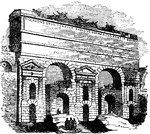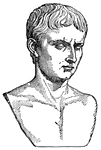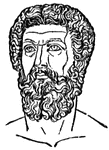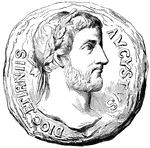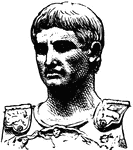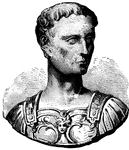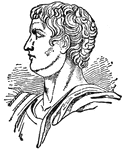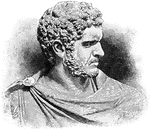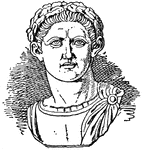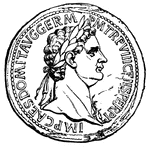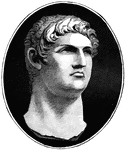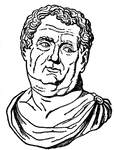Clipart tagged: ‘Roman Emperor’
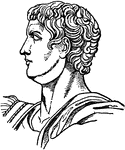
Caligula
Gaius Julius Caesar Augustus Germanicus, known as Caligula was the third Roman Emperor and a member…
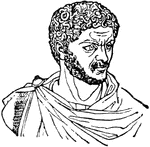
Caracalla
"Marcus Aurelius Antoninus, eldest son of the Emperor Severus, was born at Lyons A.D. 188; died in 217.…

Bust of Caracalla
Caracalla (April 4, 188 – April 8, 217. Caracallus ), born Lucius Septimius Bassianus and later called…
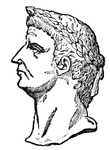
Claudius
(10 B.C.-54 A.D.) Claudius was a Roman Emperor. He accomplished many things, including the Claudian…
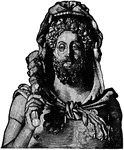
Bust of Commodus
Lucius Aurelius Commodus Antoninus (31 August 161 – 31 December 192) was a Roman Emperor who ruled…

Emperor Tiberius Wearing a Toga
Illustration of the Roman Emperor Tiberius wearing a draped toga, which was fashionable in the first…
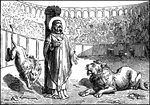
Ignatius of Antioch is Martyred by Being Fed to Lions
Illustration of Ignatius of Antioch, also called Ignatius Theophorus, tied to a post by his neck and…
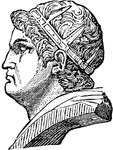
Nero
Roman emperor, son of Sneius Domitius Ahenobarbus and Agrippina, daughter of Germanicus, born at Antium,…
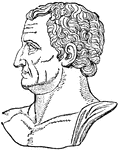
Nerva
"Nerva, the successor of Domitian, and one of the most virtuous of the Roman emperors. He was born in…
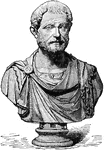
Probus
"The next Emperor was Aurelius Probus, officer of the army of Germany. He was chosen by the legions,…

Alexander Severus
Roman emperor, born in Arca, in 205; slain in 235 A. D. He was of Syrian parentage and originally named…
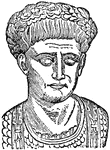
Marcus Trajan
The second of the so-called "Five Good Emperors" of the Roman Empire. Under his rule, the Empire reached…

German Typographical Frame
This German Typographical frame is a tablet from the triumphal entry of the Emperor Maximilian. It was…

Coin of Vespasian
Titus Flavius Vespasianus, commonly known as Vespasian (November 17, 9 – June 23, 79), was a Roman…
